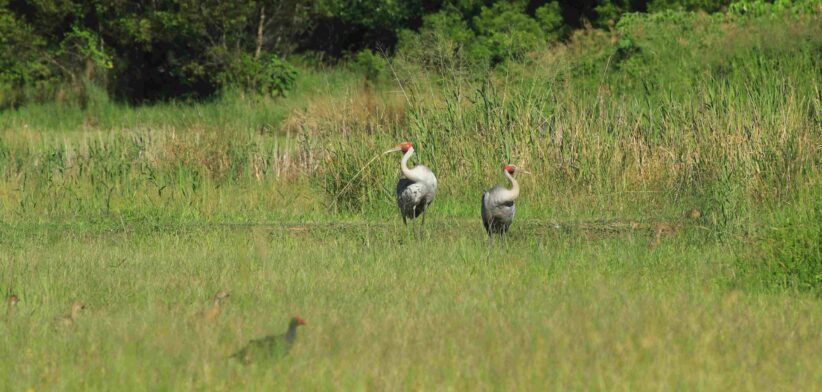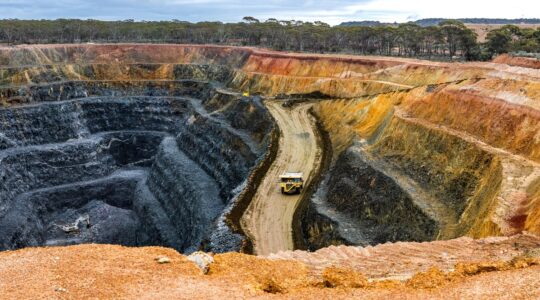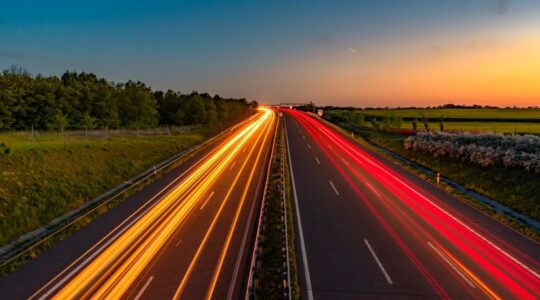The Sunshine Coast will be home to Australia’s first blue carbon project.
The blue carbon process involves rehabilitating and protecting marine and coastal ecosystems, which then allows carbon to be stored in their associated seagrasses, tidal marshes and mangroves.
When the work is done on registered sites, following approved methods, it generates carbon credits.
Sunshine Coast Mayor Rosanna Natoli said the Clean Energy Regulator had formally registered the project in the region’s Blue Heart, on the lower Maroochy River floodplain.
“The Sunshine Coast will soon be home to an Australia-first blue carbon project, creating a thriving mangrove ecosystem, a healthier Maroochy River for everyone to enjoy and the potential for future income streams for landholders,” Mayor Natoli said.
She said Council would begin restoring estuarine wetland ecosystems by introducing tidal waters onto two Council-owned sites in the Blue Heart, which is a partnership-based project committed to sustainable and adaptive floodplain management in the Maroochy River catchment.
“This puts our region at the forefront of an emerging industry, and by generating our carbon credits locally we can enjoy the positive impacts,” Mayor Natoli said.
Division 9 and Environment and Liveability Portfolio Councillor Maria Suarez said Council would share learnings on the economic viability of blue carbon farming with other Blue Heart landholders interested in investigating the opportunity for their own properties.
“Cane farming has been a mainstay in the Blue Heart for generations, but with challenging market conditions farmers need new ways to generate income,” Cr Suarez said.
“The Blue Carbon Pilot Project is about nurturing opportunities for our landholders, for our local economy, for our community and for our environment, all contributing to a sustainable Sunshine Coast.”
Cr Suarez said while the majority of the Blue Heart project area was privately owned, detailed hydrology reports, confirmed a lowing tidal waters onto public would not impact nearby private properties.








